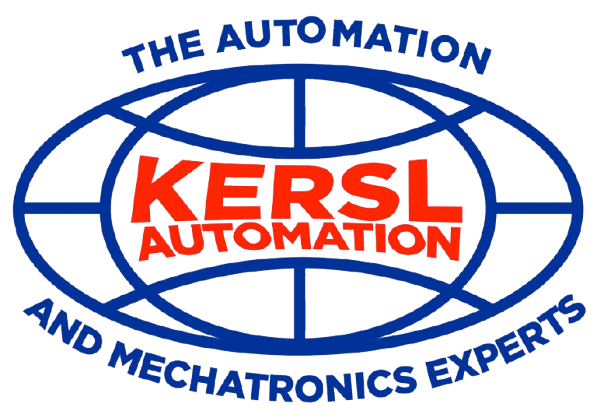Fundamentals of Industrial Pneumatics
Curriculum
- Understand the advantages and disadvantages of air
- Understand the theory of air and gas laws
- Understand SI units and conversions related to gas pressures, temperatures and volumes
- Understand the fundamentals of compressors dryers and distribution systems for compressed air
- Understand Single acting cylinders
- Understand pressure switches, regulators and relief valves
- Understand directional and solenoid operated valves
- Understand Double acting cylinders
- Understand quick exhaust valves
- Understand Logic valves including shuttle valves and two pressure valves
- Understand speed control including flow control valves
- Understand timing valves
- Understand valve port labelling
- Understand schematic symbols for directional valves
- Understand symbols for valve actuators
- Understand circuit diagram layout
- Understand direct and indirect control
- Understand how to solve pneumatic problems
- Understand the functions of filters and lubricators
- Understand maintenance of compressed air systems (the effects of water vapor and moisture in an air system and how to control it; how temperature affects pressure and air volume)
- Understand how to troubleshoot and test compressors, receivers, relief valves, dryers, valves and cylinders
- Understand how to adjust system control devices such as pressure switches, regulators, lubricators and dew points for dryers
- Understand how to read the pneumatic symbols for troubleshooting from the schematic
